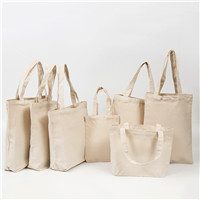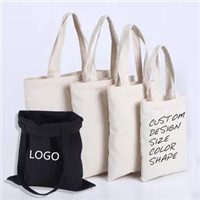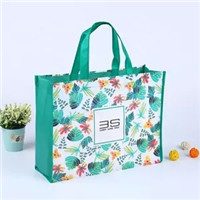Non-woven bags have gained attention as an eco-friendly option, but what exactly are they made of, and how are they manufactured? In this blog, we’ll dive deeper into the composition and manufacturing process of non-woven bags, shedding light on their environmental advantages and applications.
1. Composition and Materials Discover the composition of non-woven bags and the materials used. Learn how fibers, such as polyester or polypropylene, are processed to create these versatile bags.
2. Spunbond and Meltblown Techniques Explore the spunbond and meltblown techniques used in manufacturing non-woven bags. Understand how these methods create a fabric-like structure without weaving or knitting.
3. Heat and Pressure Bonding Uncover the heat and pressure bonding process in non-woven bag manufacturing. Learn how these bags are created through the fusion of fibers using heat and pressure.
4. Advantages Over Traditional Plastics Discover the advantages of non-woven bags over traditional plastics. Understand how their production consumes fewer resources, emits fewer pollutants, and reduces plastic waste.
5. Applications Beyond Shopping Explore the diverse applications of non-woven bags beyond shopping. Learn how they are used in agriculture, healthcare, packaging, and more.
6. Contribution to Sustainability Understand how the manufacturing of non-woven bags contributes to sustainability. Discover how these bags align with the principles of responsible production and consumption.
In conclusion, non-woven bags are created through techniques like spunbond and meltblown, using heat and pressure bonding, and are composed of materials like polyester or polypropylene. Their manufacturing process, advantages over traditional plastics, diverse applications, and contribution to sustainability make them a valuable choice for environmentally conscious individuals and industries.






























